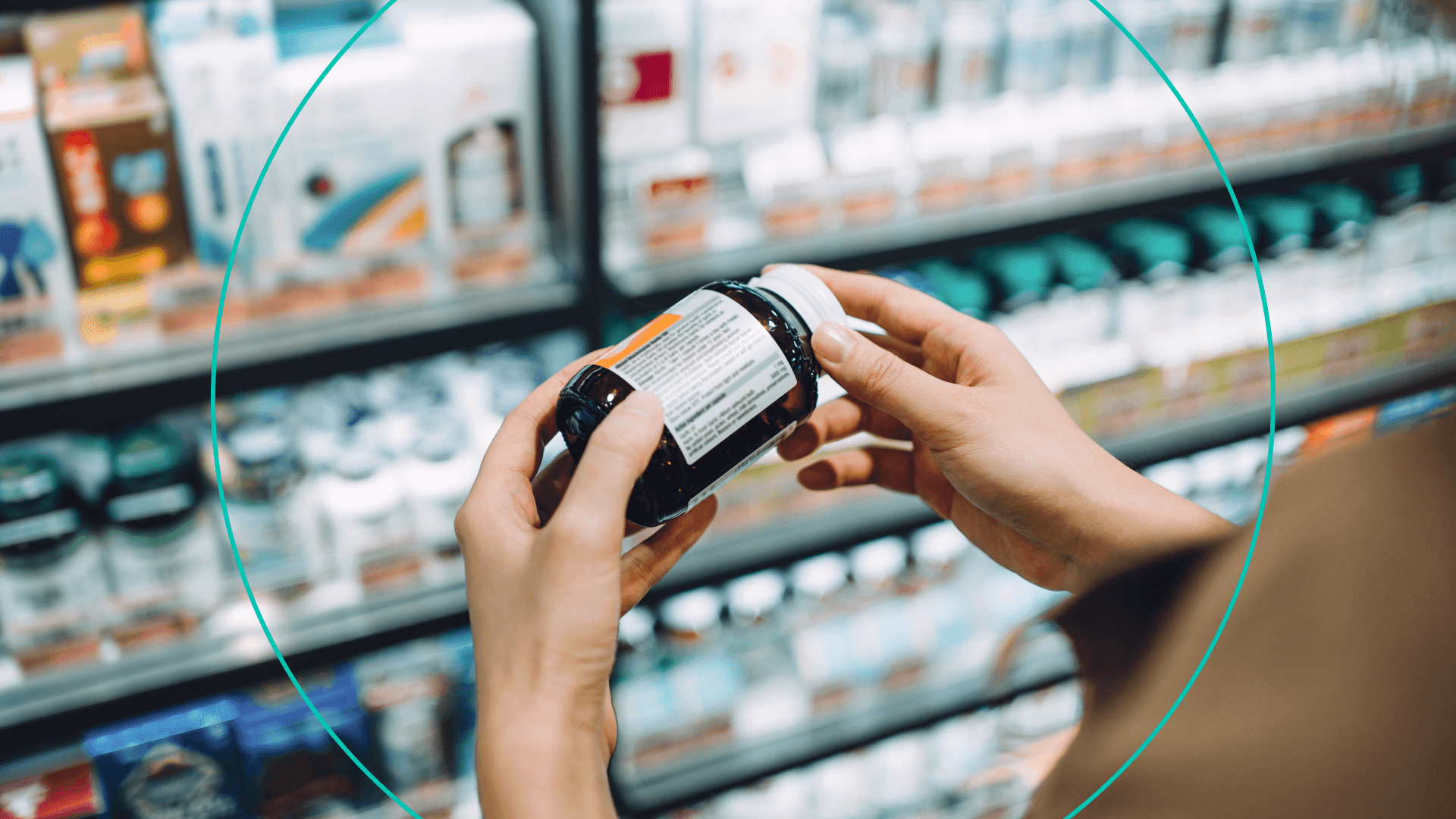Putting your health first shouldn’t be hard. Skimm Well is here to break down the latest in health, and answer your burning wellness questions with science-backed insight from experts. Tell us what you need by submitting a question here.
quote of the week
"I would occasionally wrap up a shift and realize that 'Medical Degree' had lost to 'Cute Puppy'"
— One doctor recognizing that puppy cuddles can sometimes do more for a patient than modern medicine. Someone call the dogtor.
we have to talk about…

How ‘Forever Chemicals’ Affect Your Health, And What You Can Do
“Forever chemicals” are everywhere — not an exaggeration. Last week, the EPA proposed a limit on six types of forever chemicals, aka PFAS, in drinking water. However, there are thousands of other types, and many are still being added to products people use daily — from food packaging to cosmetics.
Back up. What are PFASs, and how do they affect my health?
PFAS stands for per- and polyfluoroalkyl substances, a group of over 9,000 artificial chemicals that break down slowly over time. “They stick around for so long that they accumulate in your body,” says Carmen Messerlian, professor of reproductive environmental epidemiology at the Harvard T.H. Chan School of Public Health. Messerlian says this accumulation may be why the potential health effects are so varied. In studies, exposure to PFAS has been shown to, among other things, increase the risk of some cancers, decrease fertility, and raise cholesterol.
How can I reduce my exposure?
It would be difficult, if not impossible, to completely shield yourself from PFAS. Reducing your exposure would take time, money, and possibly some willingness to make sacrifices (like forgoing a beloved sparkling water brand). Here’s where you can start:
Get a water filter. “Having a really good water filter is probably the number one thing you could do in your household to reduce your exposure levels,” Messerlian says. (The Michigan state government has some recommendations here).
Avoid takeout (and the packaging it comes in). Almost any packaging that’s oil- or water-resistant will have PFAS in it, according to Messerlian.
Eat fewer processed foods. Whether it’s frozen food or microwave popcorn, processed food packaging may allow PFAS to migrate to food.
Buy cosmetics that claim to be PFAS-free. The Environmental Working Group has a list.
theSkimm
The sheer scale and impact of forever chemicals can be difficult to fathom. Ultimately, the onus is on governments to protect us, and the new EPA proposal is a good start. “The real goal in this is for the government to just ask the companies … to stop producing this class of chemicals,” Messerlian says. “Especially not in products that go in people's mouths and on people's bodies.”
and also...this
Some things that might affect you-terus...
Abortion-rights supporters are suing to block Wyoming's abortion pill ban, there’s new research on hormonal contraception and breast cancer risk, and scientists are apparently one step closer to growing human eggs in the lab.
What you won’t want to add to your smoothie…
These recalled frozen strawberries.
What’s a rare condition associated with heavy marijuana use…
Cannabinoid hyperemesis syndrome. Not so chill.
What’s a totally normal cause of brain fog…
Perimenopause, which usually affects women in their 40s and 50s.
Who's making it harder to get good sleep...
ask an expert

Last week, we asked you to vote on a question to answer. The winner was:
What’s the difference between a food allergy and intolerance, and how do I know which one I have?
Dr. Feryal Hajee, an allergist at Metropolitan Asthma and Allergy in New Jersey, says:
A food allergy is an immune system reaction to an allergen, like eggs, milk, or peanuts. These reactions can affect multiple organs and cause symptoms like itching in the mouth, hives, stomach upset, and vomiting. They can also progress to anaphylaxis, which is severe and can be life-threatening.
Identifying a food allergy may involve a skin prick test, where an allergist pricks the skin’s surface with an allergen to see if there’s a positive reaction, or with a blood test. If it’s the latter, make sure that an allergist interprets the results.
Food intolerance is different. You can still eat certain foods without triggering a life-threatening reaction, but you may also be in the bathroom all day. While there isn’t a test for every intolerance, they can be diagnosed through an elimination diet. If you’re feeling symptoms related to food intolerance, I would first go to a doctor, who can rule out other causes. After that, you can think about looking at your diet.
This interview has been edited and condensed for clarity.
well, actually

We’re here to fact-check health trends, wellness assumptions, and myths. Such as:
Does sea moss have health benefits?
Well, actually, sea moss is full of nutrients, but it’s not a silver bullet for weight loss or anything else.
Due to social media hype (and not necessarily thorough research), it’s become the latest celebrity-endorsed “superfood.” The truth is that, like most vegetables, sea moss has a ton of vitamins and minerals (among them: folate, vitamin K, iron, iodine, magnesium, zinc, and calcium). Still, that doesn’t make it a cure-all.
“In terms of the very specific benefits, those have not been proven in rigorous clinical trials,” says Kristin Kirkpatrick, registered dietitian and founder of KAK Nutrition Consulting. She says you don't necessarily need to buy an expensive supplement when you could get the same nutrients from more readily available vegetables at your local grocery store.
Photos by Getty Images, iStock, Nishi Bhopal
Design by theSkimm
Subject Line: Michelle Branch’s "Everywhere"
This content is for informational and educational purposes only. It does not constitute a medical opinion, medical advice, or diagnosis or treatment of any particular condition. Always seek the advice of your physician, mental-health professional, or other qualified health provider with any questions you may have regarding a medical condition. Products you buy through our links may earn us a commission.
Live Smarter
Sign up for the Daily Skimm email newsletter. Delivered to your inbox every morning and prepares you for your day in minutes.